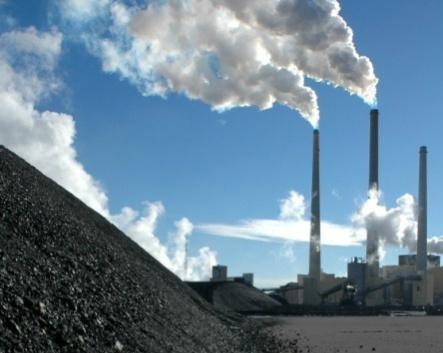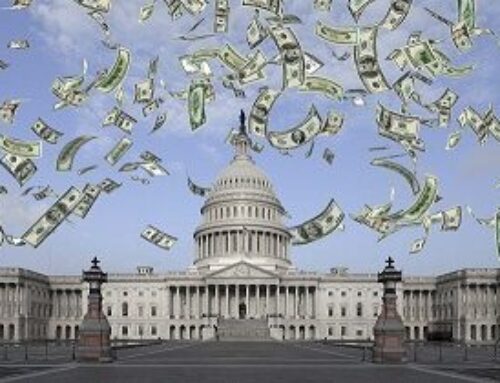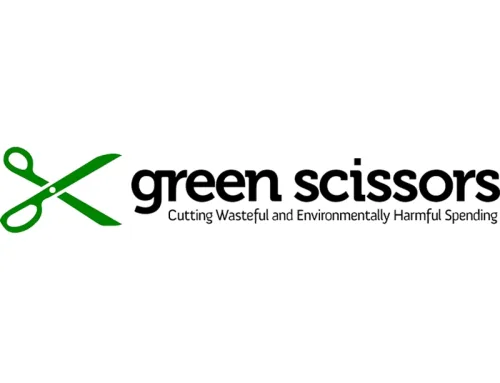Despite the general paralysis in Congress this exceptionally polarized election year, lawmakers have been making efforts to provide more favors to some their favorite special interests, including the coal industry. Earlier this month lawmakers tried to tack a package of energy tax sweeteners such as tax credits for carbon capture and storage to the reauthorization of the Federal Aviation Administration. My organization, Taxpayers for Common Sense, opposed the entire package, which ultimately failed. However, the champions of “clean” coal were more successful in the energy bill that passed the Senate this week. And some lawmakers, the coal industry and even some environmental groups don't want the gravy train to stop there. They are trying to use this momentum to continue a larger push for more federal support for clean coal.

The energy bill passed this week in the Senate includes billions in new or expanded subsidies for coal. Over the next five years, the bill dedicates $1.3 billion for research and development, $275 million for demonstration projects, $1.1 billion for large-scale demonstration projects and $88 million for net-negative carbon dioxide emissions projects. This is all in addition to the $7 billion Congress has already given the Energy Department since 2005 to develop this technology and demonstrate commercial feasibility of carbon capture and storage.
And this does not even include the tax breaks Congress has created for companies using clean coal technology. The foregone tax revenue from these specific tax breaks is worth more than $2.5 billion over the next 10 years. In addition, the Senate's fiscal year 2017 energy and water appropriations bill would spend $377 million on the technology for new and existing power plants. The House's version proposes spending $389 million on the same programs.
With all the enthusiasm for carbon capture and storage technology, it is worth looking back on our experience so far and current energy market conditions. In 2012, the Congressional Budget Office studied the federal investment in this clean coal technology and concluded that the capture and storage technology is so expensive that 200 gigawatts of new coal-fired generating capacity would need to be built in order for it to be competitive with existing plants. In other words, the U.S. would need to nearly double the number of coal-fired power plants before this technology would be feasible.
Yet in recent years, the abundance of lower-cost, lower-carbon natural gas has caused utilities to put a hold on investments in coal-fired power plants.
Meanwhile, after all of the tax dollars thrown at this problem, there are currently no commercial ventures in the United States that capture, transport and inject large quantities of carbon dioxide for storage.
Congress and the administration need to stop throwing good money after bad in this pursuit of “clean coal.” Taxpayers cannot afford it. We couldn't three decades ago and we can't now.











Get Social